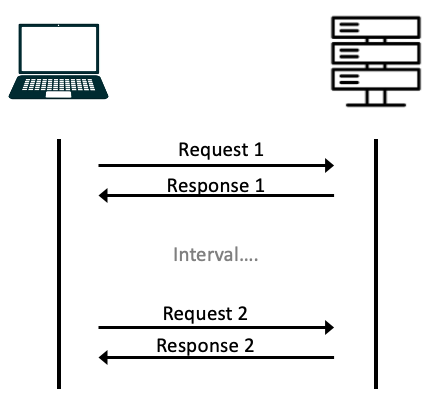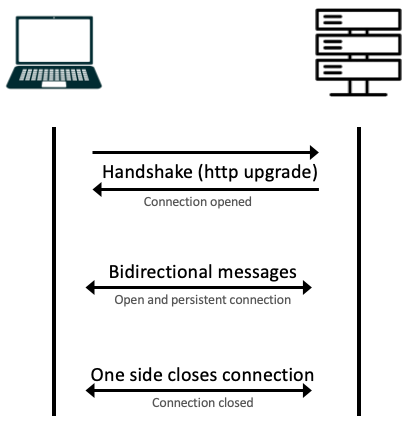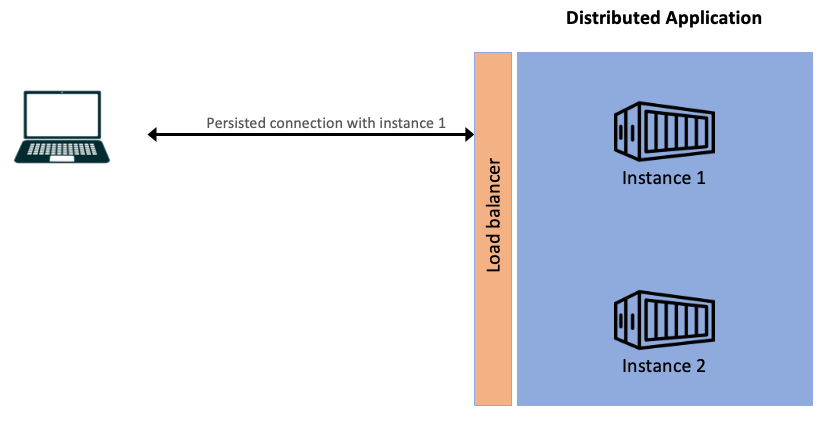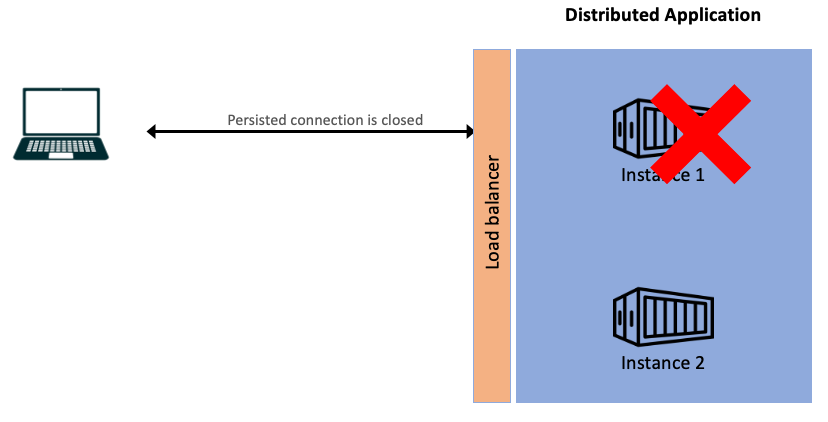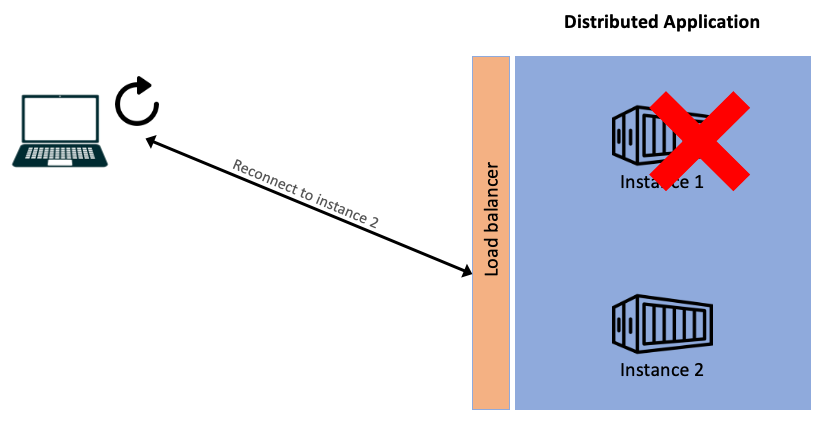It’s all about notification. Basically this polling technic is a server/client solution where in one side there is the client requesting information to the other side in background mode. The user cannot see what is happening behind the scenes, but in their perspective looks like something that pop up in the screen without manual intervention.
We call this behavior as async notification mechanism. This is made by the client side that is polling server side all the times.
Also, there are other forms of communication, e.g. push notification, SMS, email, webhooks and others. Each one has its own behavior and mechanism, but each one could impact in user experience and also in security in different way.
Email and SMS are more insecure if compared to other communication. The user experience is also impacted when use these form of communication. Imagine a bank application saying “we’re processing your book transfer, once it’s done you will receive an email”. It’s not a good experience to the user for sure.
Instead, the bank could use polling or websockets to give better experience to the user. Let’s understand how it works each one.
Short polling
Client/server solution where client is requesting information to the server in intervals. E.g.
- Client: is there new data?
- Server: No
- Client: is there new data?
- Server: No
- Client: is there new data?
- Server: yes, sending to client
- Client: do something with new data
The solution is on client side, it consists in create infinite a loop, requesting data to the server, wait an interval and do it again.
Downsides
- Increase traffic over network due too many requests from many users all the time.
- Increase resource usage because there are more requests being processed by the server.
- Very rare to be the right decision, almost no one is using this nowadays.
Benefits
- It doesn’t require special configurations in both sides, it’s just a normal request.
- Easy implementation since doesn’t require much effort to implement.
Long pooling
It’s also a client/server solution. But instead of doing many requests to the server, the client is doing one single request. This will keep the connection opened between client and server, looks like a request without timeout that never ends. The client will be waiting for the data from server, once get it, will request again.
E.g.
- Client: is there new data?
- Server: waiting for new data…
- Server: waiting for new data…
- Server: waiting for new data…
- Server: there is new data, sending to client.
- Client: do something with new data
Downsides
- There is no timeouts, so there will be more efforts to setup this kind of behavior on infrastructure side, usually we want to avoid requests without timeouts.
- Long-lived connections, long polling can come with a latency overhead because it requires several hops between servers and devices. Gateways often have different ideas of how long a typical connection is allowed to stay open, so sometimes close while processing is still underway.
- Depending on the server implementation, confirmation of message receipt by one client instance may also cause another client instance to never receive an expected message at all, as the server could mistakenly believe that the client has already received the data it is expecting.
- Bad SOA design, this solution is not following SOA principles of communication between systems.
Benefits
- Reducing number of requests can reduce the network and server overload.
- Near real-time updates, once server has new data it will deliver right after to the client.
Websockets
It’s also a client/server solution. But it’s bidirectional, it’s similar to traditional communication using sockets. After connection is opened, either client or server can send messages. There is no time waiting for response, you just send a message. The connections are persistent, the server can handle thousands of connections. Either client or server can close the connection.
In case you need to go deep, I write a POC to simulate distributed system and websockets. (check it out k8s-websockets)
Downsides
- Don’t support audio and video data.
- Don’t reconnect automatically in cases of failures.
- Proxy servers could block connections, sometimes is necessary to setup the proxy to allow open sockets.
- Websockets are stateful, which makes them hard to use in large-scale systems that consist of multiple WebSocket servers.
Benefits
- Lower latency compared to HTTP, protocol uses persistent connections rather than a continuous HTTP request/response cycle.
- Event-driven technology, it’s similar to pub/sub solutions. The server can broadcast data as soon as it becomes available, without any need for polling.
- Real time application, either client or server can send messages at same time with very low latency.
Websockets in distributed systems
As we know, Websockets use persistent connections, which means there are many opened connections directly from the client to the server.
Let’s imagine our server side application has two instances running. When client access the Web page, the balancer will forward that connection to instance 1. From now one, every message between client and server is going to use instance 1.
But suddenly, for any reason, the instance 1 goes down. What happens with existing connections?
Well, they will be closed. Either client or server are not able to send or receive messages anymore. The Websocket protocol will not reconnect automatically.
To avoid reload Web Page in order to get new connection, the client could catch the exception when connection is closed, and try to reconnect. This is a custom implementation in client side. Retrying to connect will make the balancer forward to available instances, in this case to instance 2.
When to use Websockets?
- Live chat
- Broadcast event data
- Multi collaboration apps
- Notifications and alerts
- Urban mobility
- Delivery apps

